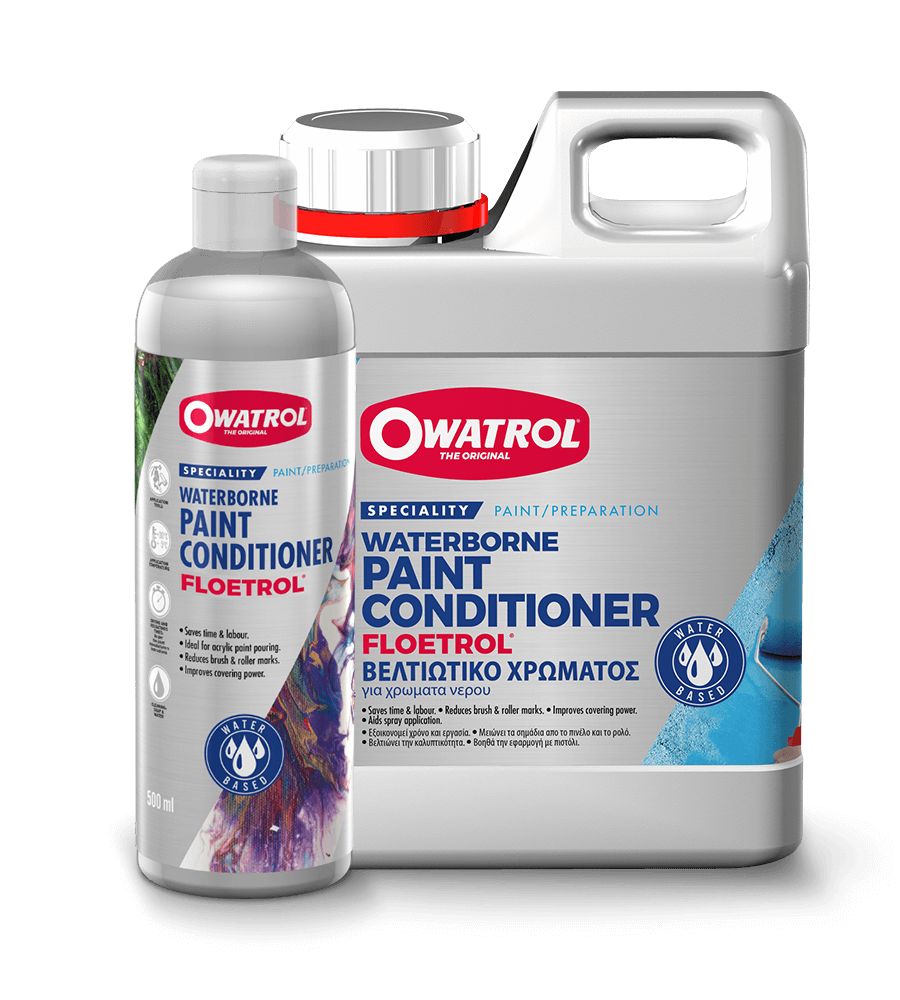Hi all what’s everyone’s choice of brush size for particular jobs such as cutting in walls, skirting, panel doors etc and with all the new water based glosses out there, what’s the best way to apply them for the best finish.
Last edited:



